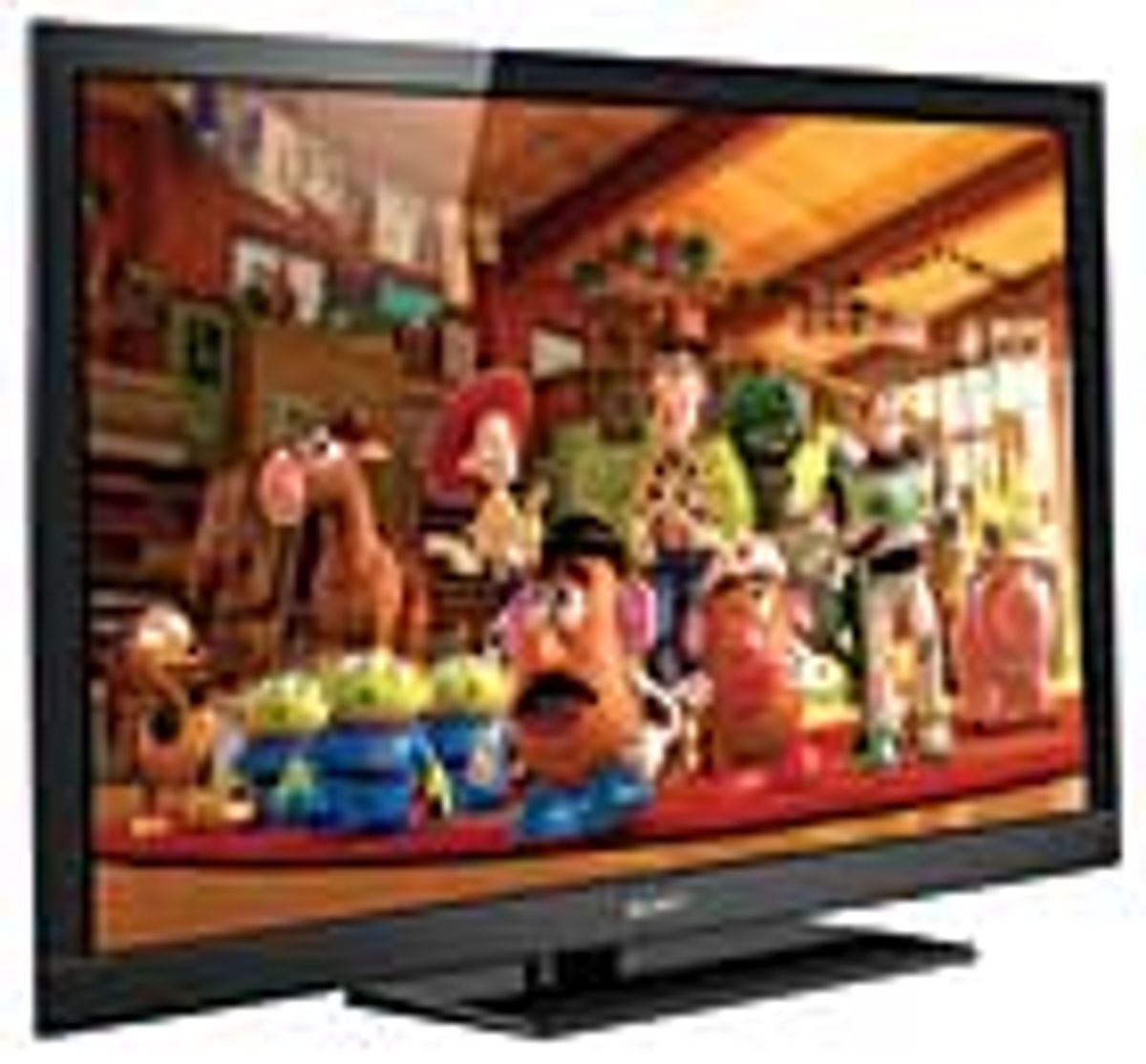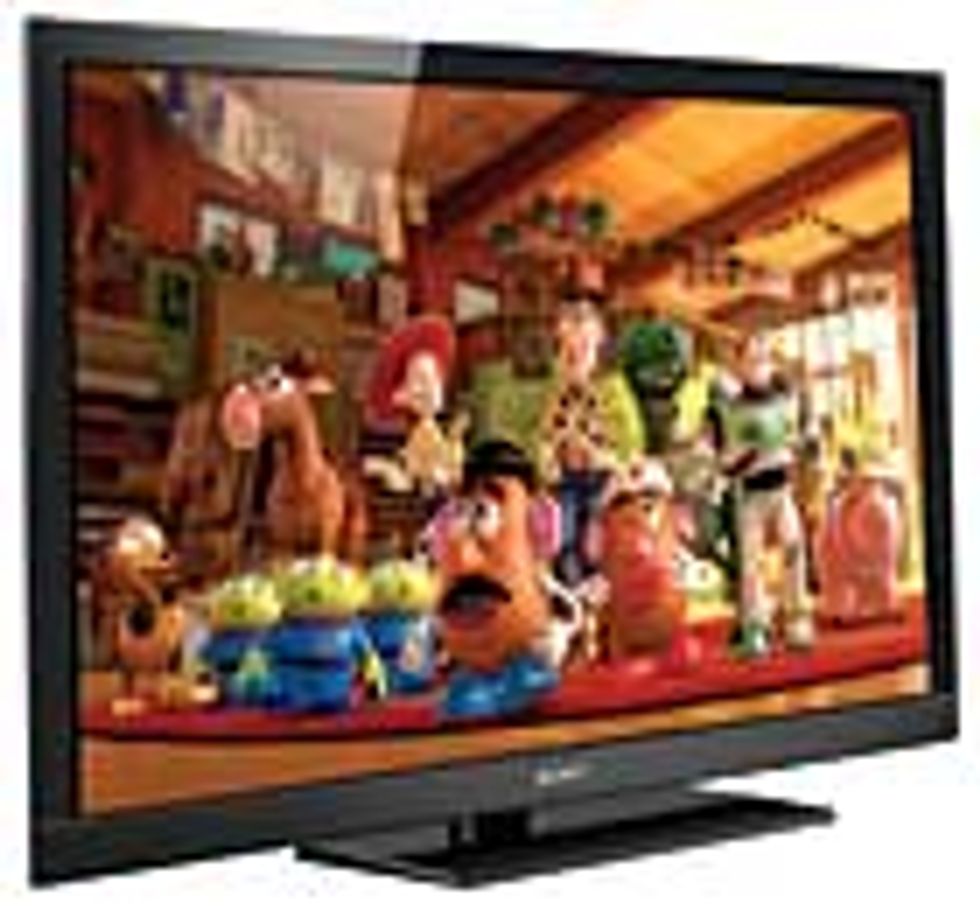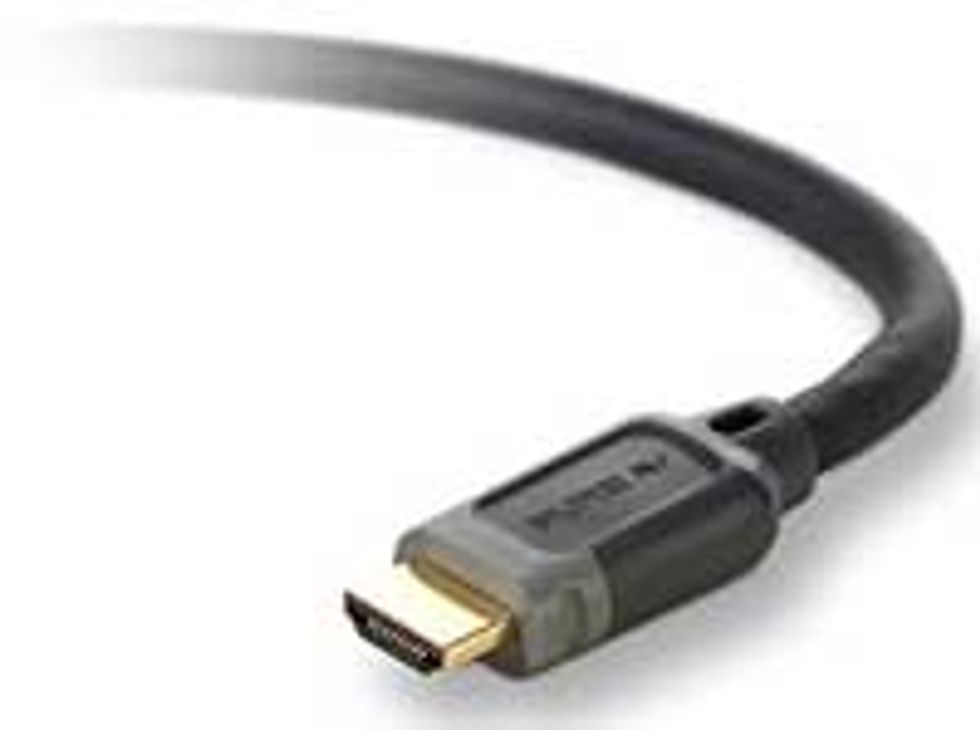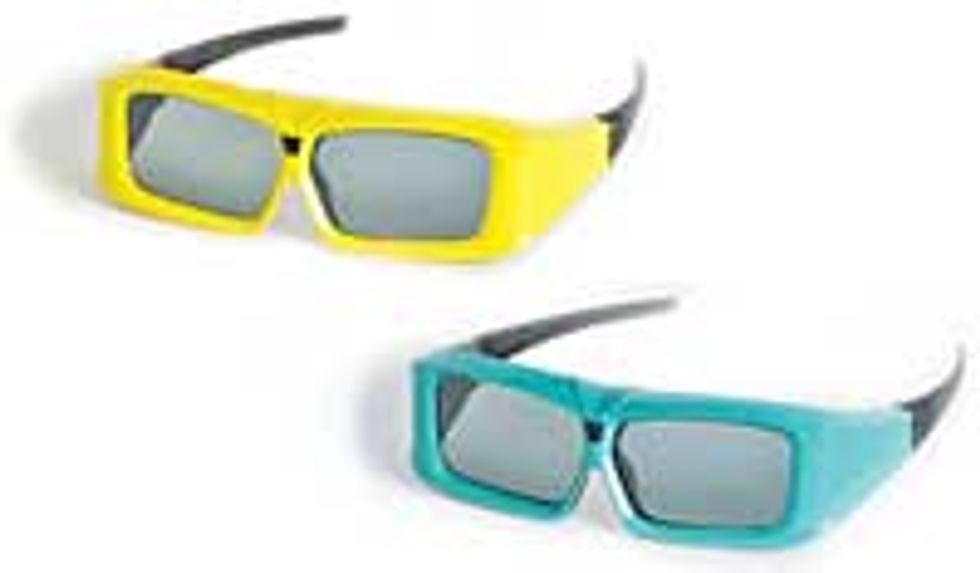3-D FLAT-SCREEN TV
(US $2000 to $7000)
The consumer electronics industry has so far lined up behind a single 3-D TV methodology—a regular HD screen with an inexpensive infrared-signal emitter on top, though other types of synchronization emitters, including Bluetooth and RF, can also be found. The signal emitter sends out chirps every 8.3 milliseconds that tell "active" 3-D LCD glasses to successively darken the right lens and then the left, and so on. This keeps down the cost of adding 3-D for manufacturers. Make sure your glasses and TV use the same type of signal.
Example: Sony Bravia KDL-HX800
https://www.sony.com
US $2650
3-D BLU-RAY PLAYER
($250 and up)
In December, with the promise of an HDMI cable that would carry as much data as the highest-definition 3-D would require, the Blu-ray Disc Association announced its 3-D specs. That means any 3-D HD Blu-ray player on the market today that sports the 3-D Blu-ray logo will support the highest standard definition for 3-D content—1080p 3-D to both eyes at 240 frames per second—and will also spin regular Blu-ray discs and those stacks of DVDs and CDs in your media cabinet. In addition, some late-model Blu-ray players can upgrade to full HD 3-D in firmware.
3-D–ENABLED CABLE OR SATELLITE SET-TOP BOX
(cost varies depending on subscription)
The bad news: For at least the next few years, cable and satellite set-top boxes won't match the full HD resolution to each eye that 3-D Blu-ray discs do (1080p). The good news: This bit of hardware probably doesn't need replacing, just a (typically free) firmware upgrade.
Box makers have for the moment pushed to keep their 3-D and 2-D content the same size image with the same number of frames per second. Inevitably, it's 3-D's resolution that suffers. "Side-by-side 3-D" (which DirecTV uses) squishes the images seen by the left and right eye into a standard high-def frame (making the image that each eye sees 960 by 1080 instead of the full-HD 1920 by 1080), while "top/bottom 3-D" does the same trick in the vertical dimension. In both cases, the set-top box splits up the image being transmitted and fills the whole of your TV screen with the left eye's image while syncing with the active glasses to darken the right eye, and then vice versa.
HDMI 1.4 CABLES
connecting to the TV
($40 each and up)
The cable connecting your 3-D TV to the source of 3-D programming—whether it's a 3-D–enabled Blu-ray player or cable set-top or satellite box—should be a high-speed (1.4) HDMI cable, says Brian Markwalter of the Consumer Electronics Association. Watch out for stores that are still stocking the lower-speed standard (1.3) cables, which should have faded from the market after the new cables came out in the second half of last year. The older cables may not be able to handle the increased data rate of full HD 3-D video.
ACTIVE 3-D GLASSES
($150 to $200 per pair)
With the exception of LG's anomalous LD950 LCD panel—which requires merely the same cheap polarized glasses found in most 3-D movie theaters today—every consumer 3-D television in the marketplace uses active LCD glasses to achieve the optical illusion of depth. Turning each eye's lens dark and transparent again 60 or so times per second—and alternating that with another 60 or so "winks" per second in the other eye—active 3-D glasses give the relatively slow brain the impression of depth from the flat screen. You'll know that 3-D TV has really caught on when high-end eyewear designers start making frames for active 3-D glasses that look as flattering on the face as they make the television's frame look to you.
| SAMPLE SHOPPING LIST | |
| One 3-D–enabled HD television | US $2650 |
| Two HDMI 1.4 cables (TV to Blu-ray; TV to set-top box) | $80 |
| One 3-D–enabled Blu-ray player | $400 |
| One 3-D–enabled set-top box | Free or monthly surcharge |
| Four pairs of 3-D glasses | $600 |
| TOTAL | $3730 |




